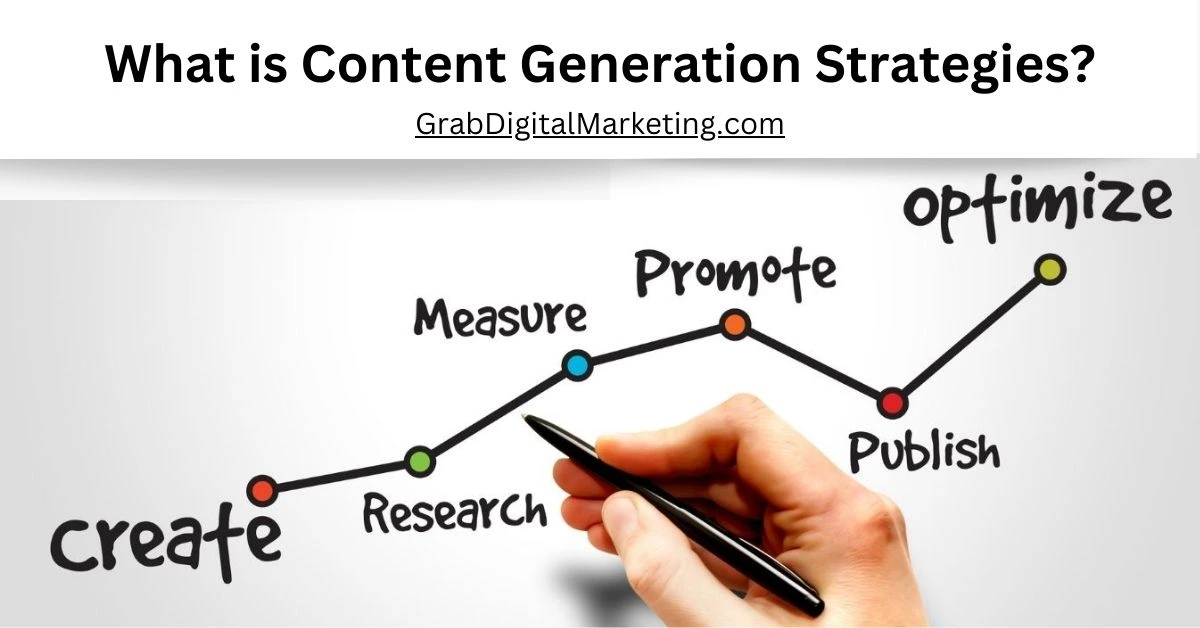Content generation strategies refer to the planning, creating, and managing content to effectively engage an audience and fulfill specific objectives, such as increasing brand awareness, driving traffic, improving SEO rankings, or fostering customer loyalty. In the digital age, where content has become a cornerstone of marketing, well-thought-out strategies help organizations create meaningful and impactful material tailored to their target audience. Let’s delve into the key aspects of content generation strategies and how they can be utilized for success.
Table of Contents
1. Understanding Content Generation
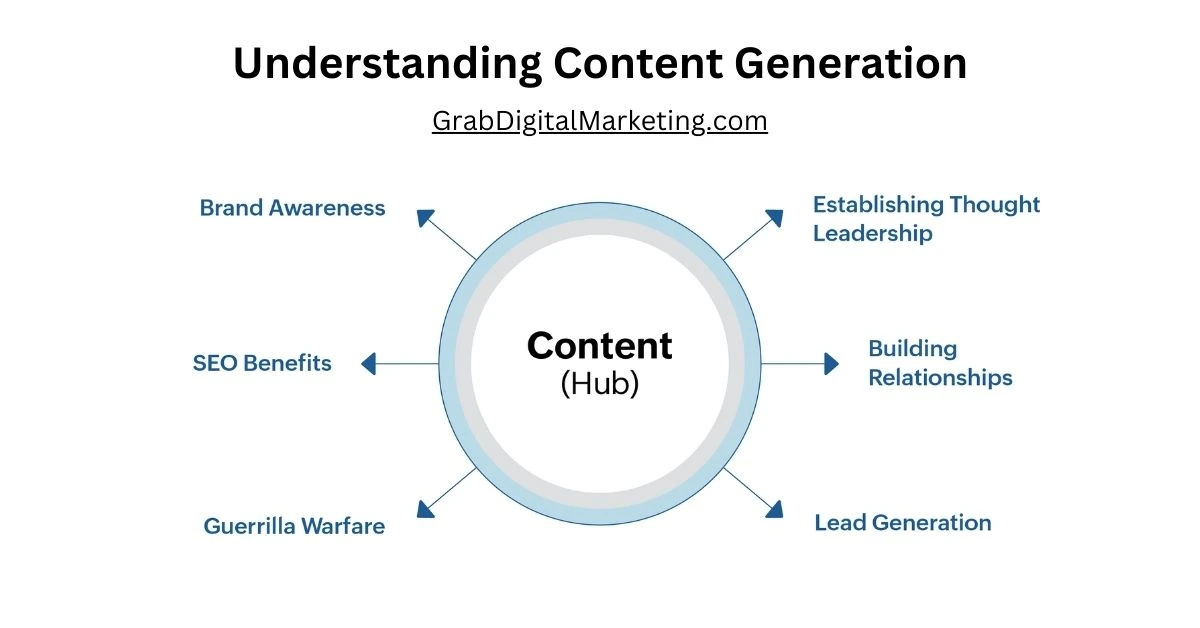
Content generation encompasses creating various types of content, including blog posts, articles, videos, social media posts, infographics, podcasts, eBooks, and more. The purpose of generating content is to inform, educate, entertain, or persuade an audience while aligning with an organization’s goals.
2. Importance of Content Generation Strategies
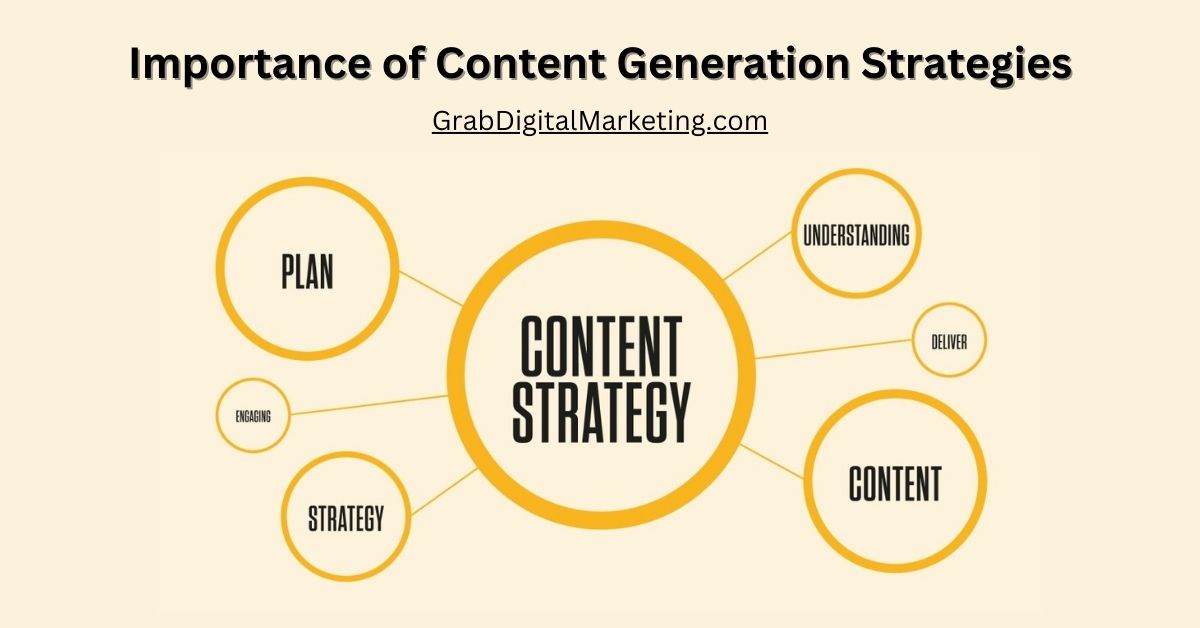
Without a clear strategy, content creation can become aimless, leading to wasted effort and resources. A well-defined content generation strategy ensures:
- Relevance: Content is aligned with the audience’s needs, preferences, and pain points.
- Consistency: Regular publishing of high-quality content to maintain audience engagement.
- Optimization: Improved search engine visibility through keyword integration and SEO practices.
- Goal Achievement: Alignment with marketing objectives such as lead generation, conversions, or brand building.
3. Key Elements of a Content Generation Strategy
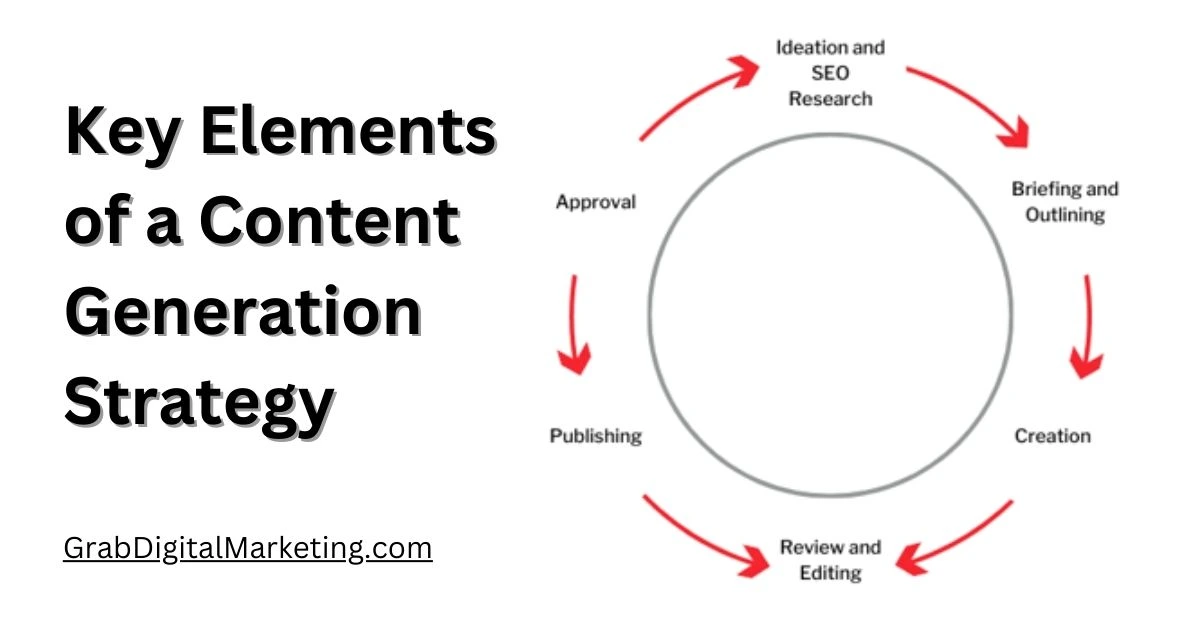
Developing an effective strategy involves several key components:
a. Audience Research
Understanding the target audience is the foundation of any content strategy. This includes:
Demographics (age, gender, location, etc.)
Psychographics (interests, values, preferences)
Challenges and pain points
Preferred content formats and platforms
b. Setting Goals
Define clear, measurable objectives for content creation. Common goals include:
Driving website traffic
Generating leads
Enhancing brand awareness
Building authority in the industry
c. Content Types and Formats
Identify the types of content that resonate with the target audience. Examples include:
Blog posts for in-depth insights
Videos for storytelling and visual engagement
Infographics for data visualization
Social media posts for real-time interaction
Case studies to showcase success stories
d. Content Calendar
A content calendar helps plan and organize content creation efforts. It includes:
Publishing schedules
Important dates and events
Topics and keywords
Assigned creators or contributors
e. SEO and Keyword Research
Optimize content for search engines by:
Conducting keyword research to identify relevant terms
Integrating keywords naturally into content
Optimizing meta descriptions, headers, and images
f. Distribution Channels
Decide how and where content will be shared. Options include:
Websites and blogs
Social media platforms
Email newsletters
Online communities and forums
4. Content Generation Techniques
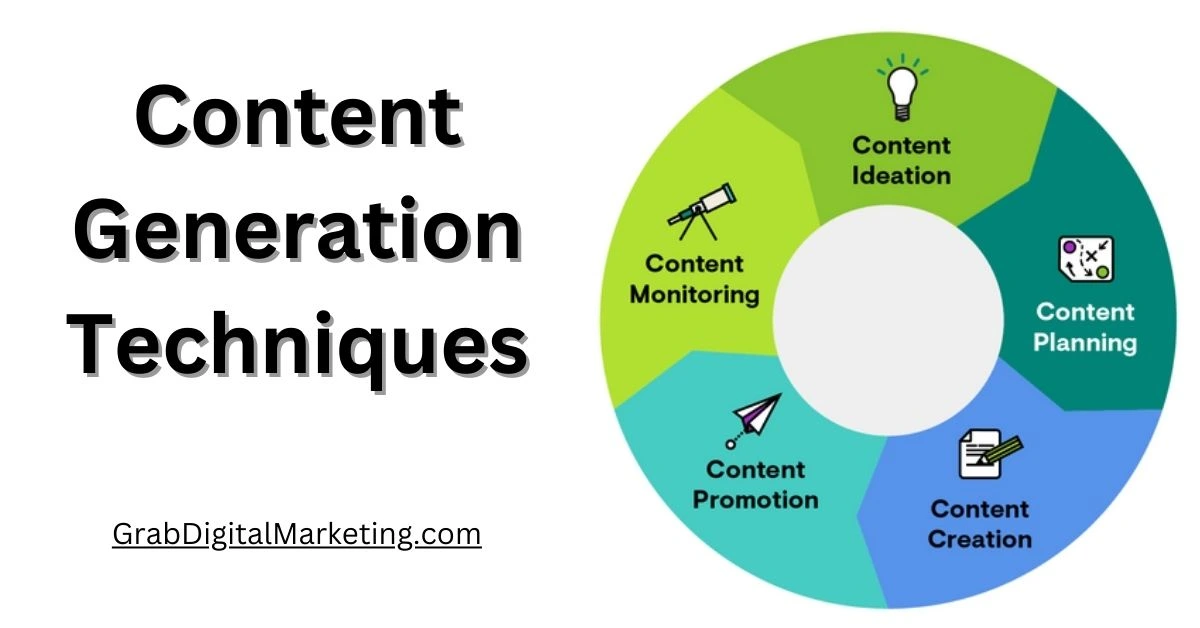
Several techniques can be employed to create engaging and high-quality content:
a. Repurposing Content
Turn one piece of content into multiple formats. For example:
Convert a blog post into a video or podcast
Create an infographic from a research report
b. Leveraging User-Generated Content (UGC)
Encourage customers and followers to create content, such as reviews, testimonials, and social media posts.
c. Storytelling
Use storytelling to make content relatable, memorable, and emotionally impactful.
d. Data-Driven Content
Incorporate data, statistics, and insights to build credibility and authority.
e. Collaborations and Partnerships
Partner with influencers, industry experts, or other brands to co-create content.
5. Challenges in Content Generation
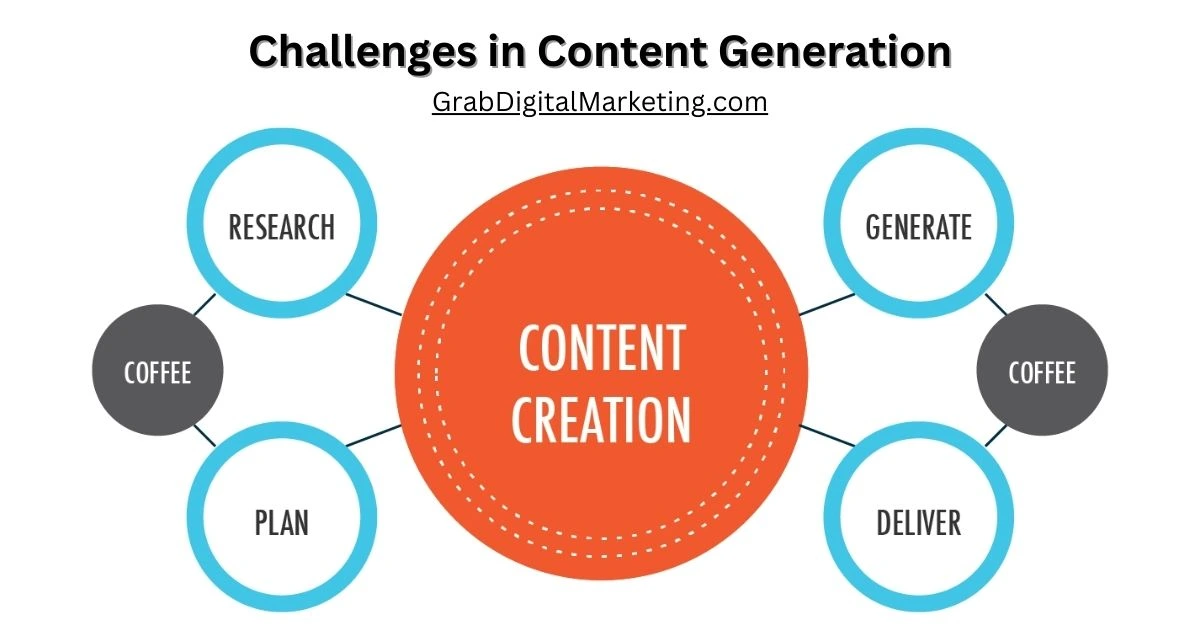
While content strategies offer numerous benefits, they also come with challenges:
- Time Constraints: Consistently producing content can be time-intensive.
- Quality Maintenance: Balancing quantity with quality is essential.
- Audience Engagement: Ensuring content resonates with the audience requires continuous adaptation.
- Evolving Trends: Staying updated with industry trends and consumer preferences can be challenging.
6. Measuring Success

To evaluate the effectiveness of content generation strategies, use metrics such as:
Website traffic and page views
Social media engagement (likes, shares, comments)
Conversion rates and lead generation
Return on investment (ROI)
Conclusion
Content generation strategies are essential for creating meaningful connections with an audience and achieving marketing goals. By understanding the audience, setting clear objectives, and leveraging various content formats and channels, organizations can craft impactful and engaging content that drives results. Challenges may arise, but with careful planning and adaptability, content strategies can become a powerful tool for success in the digital landscape.

